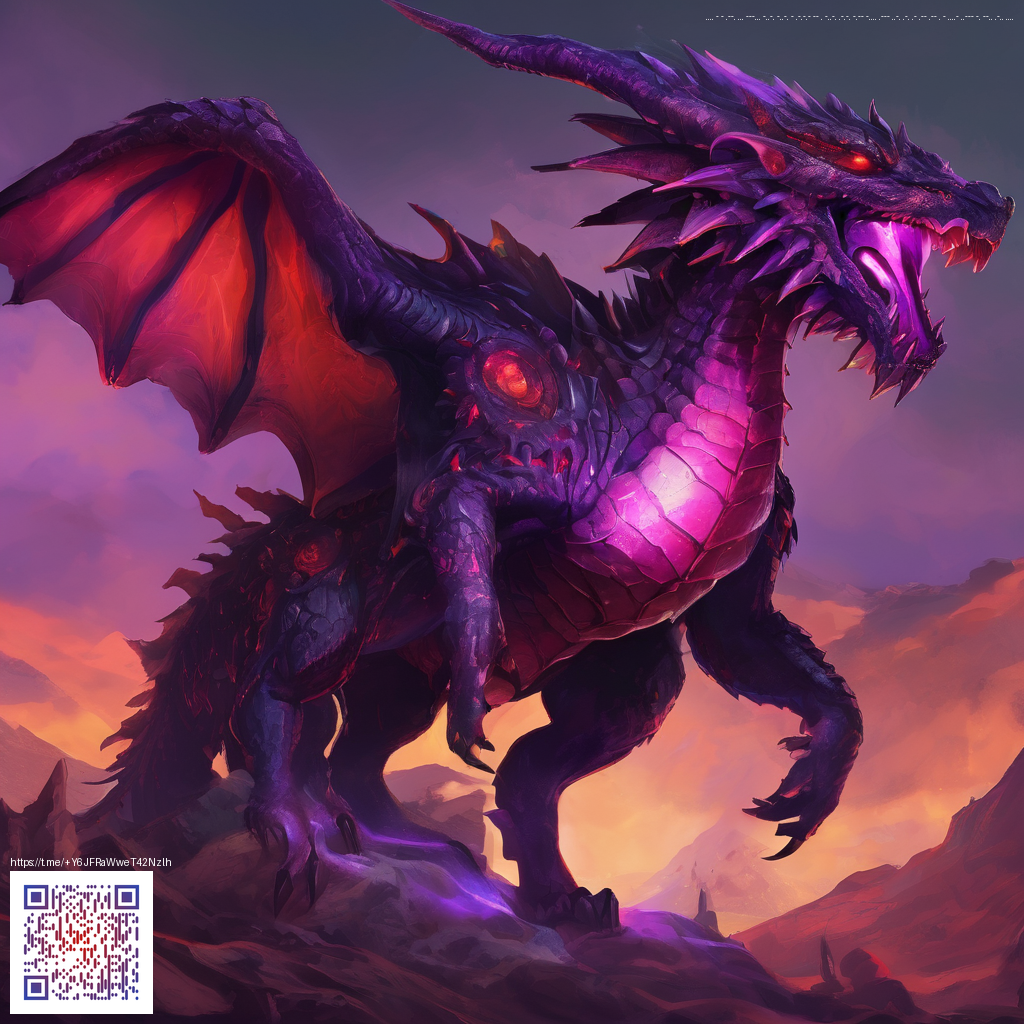
Unforgettable Scary Sounds in Video Games
Sound design in gaming often works behind the scenes, yet it wields a surprising amount of power over your fear response. A careful blend of ambience, timing, and character vocalizations can turn an ordinary hallway into a nerve-wracking maze and transform a boss encounter into a memory that lingers long after you’ve turned off the console. In this piece, we’ll unpack how the scariest sound effects are built—and why they remain so memorable even when you’re not looking at the screen.
“Great horror is 50% what you hear and 50% what you don’t hear—your imagination fills the gaps,” writes a veteran game audio designer who’s spent years shaping tense moments across genres. That sentiment rings true whether you’re scrounging for resources in a decayed ruin or sprinting toward an ominous peak. The best scary sounds don’t just startle you; they slow time, amplify vulnerability, and push you to rely on your ears as much as your reflexes.
It’s not always the loudest hit that scares you most; it’s the quiet that steals your breath and makes every corridor feel alive with unseen eyes.
Ambient dread: the quiet that Presence builds
Ambient textures are the quiet architects of fear. A low-frequency rumble, a distant wind, or the soft creak of a floorboard can prime your nervous system long before anything overt happens. The trick is layering subtle sounds so that, in isolation, they seem innocuous, but together they generate a sense of unease. When done well, players begin to read the environment through sound—anticipating danger from the way the air shifts or how echoes bend around a corner. A well-crafted ambience can also cue narrative stakes without a single line of dialogue, letting your imagination fill the gaps with possibilities you fear to consider.
Jump scares: timing, not volume, makes the moment scarier
Jump scares live or die by timing. A perfectly placed stinger might arrive after a long, patient build, catching you off guard just as your guard is down. But the most effective scares don’t rely solely on a loud noise; they leverage expectation. A sudden silence followed by a sharp percussion hit or a visual reveal paired with a brief, piercing sound can feel more menacing than a loud scream alone. In many standout games, designers use reappropriated or intentionally understated cues—like a barely audible breath or a creeping cadence of footsteps—to keep you guessing and heighten your heart-rate spikes when the moment finally lands.
Monsters and roars: character voice as memory
Monster roars, snarls, and whispering voices stick with you because they become a character in your imagination. Layered vocal textures—growls, modulated frequencies, and reverb tails—create a creature that feels as alive as the player’s own fear. The most enduring audio design doesn’t merely threaten; it personalizes the threat, giving each encounter a signature auditory fingerprint. And for games with environmental storytelling, even a subtle hiss or distant call can imply a history of fear, hinting at horrors you’ll never fully reveal.
For readers who enjoy exploring hardware alongside their audio experiences, a practical tip is to consider gear that travels well with gaming sessions. The slim phone case for iPhone 16 (glossy Lexan ultra-thin) is a compact companion for on-the-go play and can be explored here: https://shopify.digital-vault.xyz/products/slim-phone-case-for-iphone-16-glossy-lexan-ultra-thin-1. It’s a small reminder that great games demand not only great sound but reliable, protective gear that keeps you in the moment.
If you’re curious to dive deeper into the broader discussion of game audio, this page offers additional perspectives and voices from the field: https://zero-donate.zero-static.xyz/e16c968b.html. The conversations there complement the practicalities of sound design with stories from developers, composers, and sound designers who’ve orchestrated the moments you’ll never forget.